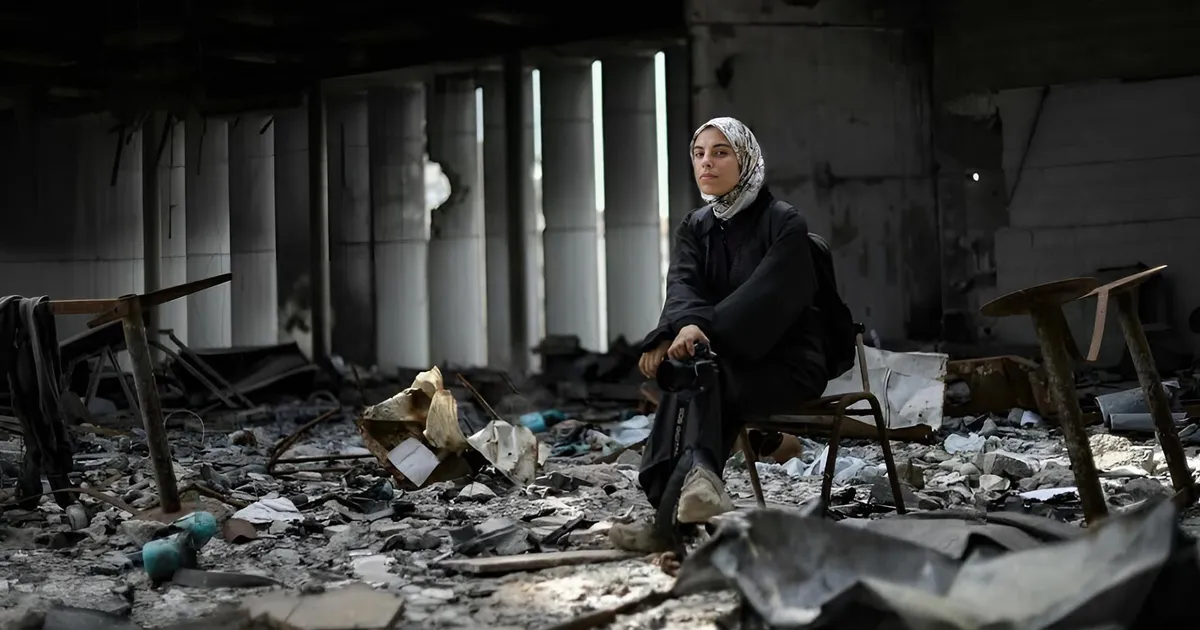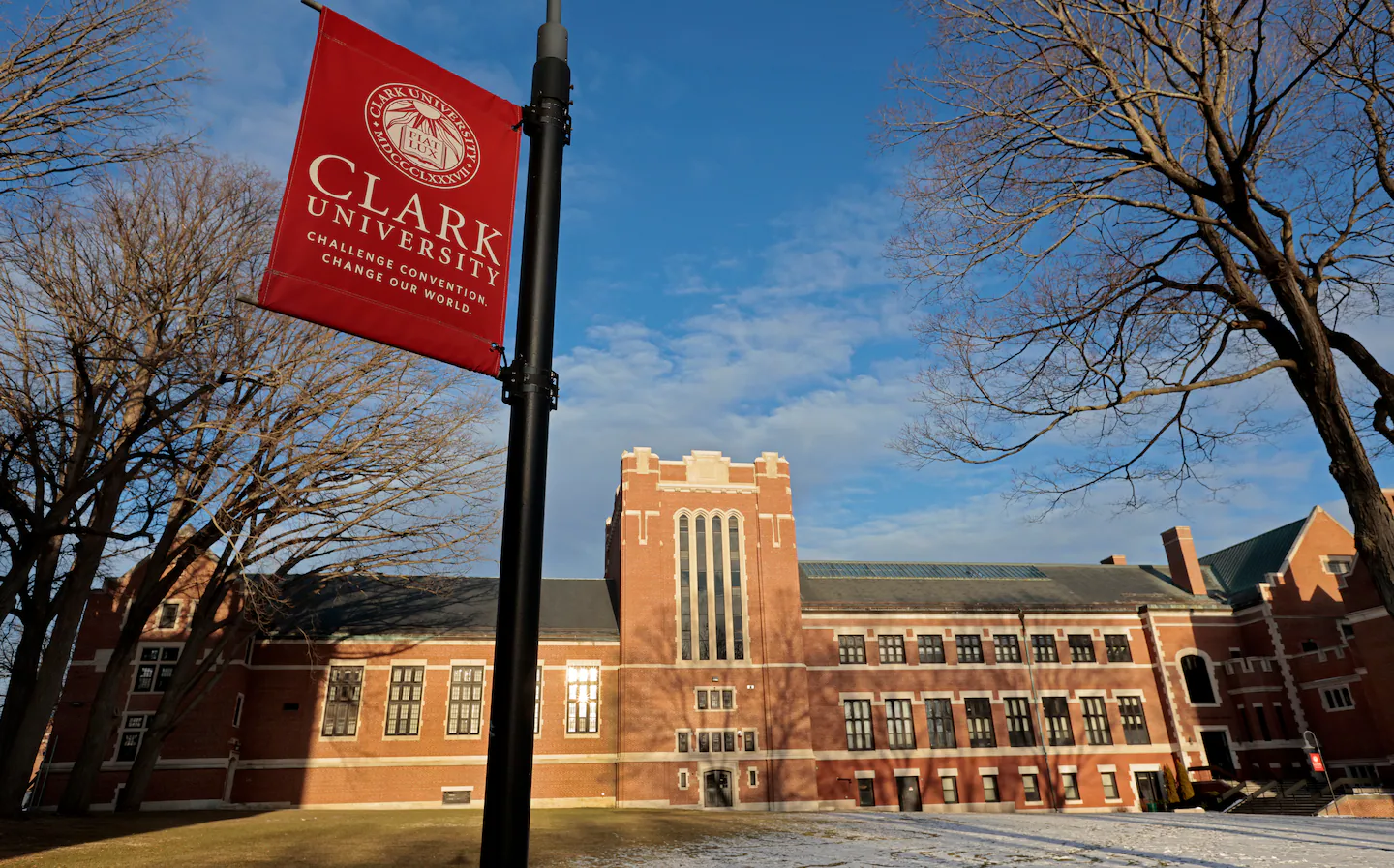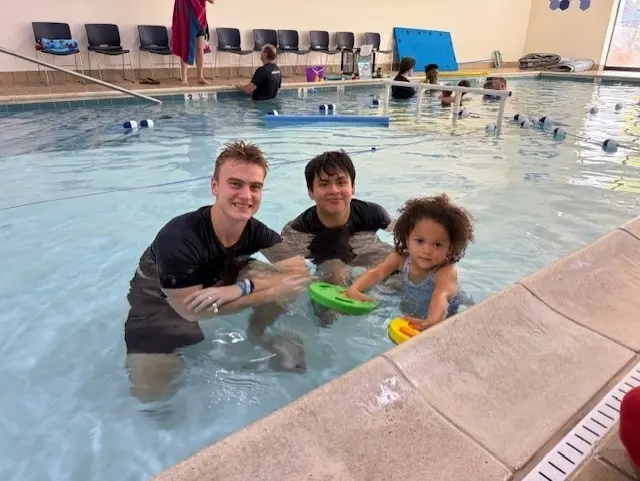Copyright Vulture

Put Your Soul on Your Hand and Walk is a film born of helplessness, about helplessness, and it embodies helplessness through its very form. Sepideh Farsi’s documentary began life when the director attempted to enter Gaza not long after Israel launched its 2023 strikes; she told me earlier this year that she originally hoped to tell the story of the war from the Palestinian perspective. Barred from entering, she connected with 24-year-old photographer Fatma Hassona over FaceTime, hoping that she could send pictures and video of the devastation in Gaza. Farsi filmed that first interaction over the phone and soon realized that their conversations could be the basis of her picture. And they are: Put Your Soul on Your Hand (now playing in New York and expanding in the coming weeks) is built out of these video calls, the screen dominated by Hassona’s young face almost always smiling even when she’s terrified and in tears. And while her personality — playful, curious, excitable — certainly comes through, these calls are dominated by interruptions. The signal cuts out; the noise drops out; the image freezes. Much of what Hassona says is indecipherable. The damaged pictures and sounds highlight her vulnerability; it’s like she’s connecting, tenuously and temporarily, from a distant world, a world where the bombs never end and the Apache helicopters and fighter jets and drones never stop, a world where she can casually mention the fact that her aunt’s head was found in the street next to her blasted house. The whole film world at this point knows that Hassona was killed, along with the rest of her family (all ten of them), when Israeli forces bombed her building on April 16 of this year; she was 25 at the time. Her death came not long after the picture had been accepted into the parallel L’ACID section of the Cannes Film Festival, and Farsi includes a scene of her informing Fatma, known as Fatem, about the happy news that their movie will play at Cannes. Her death was a shock, certainly, but having seen the film could we seriously call it a surprise? Much of Fatem’s extended family had already been wiped out, and she had been repeatedly displaced. Her neighborhood is a ruin. At one point, she scans her phone across the small room in which her parents and brothers and sisters are all currently sheltering. Like many of her fellow Palestinians, she was targeted simply for existing so the mere fact of her existence put her in danger. The film certainly plays differently with our knowledge of Fatem’s death hanging over it. But its context and conceit remain the same, because the fragility of life in Gaza is center stage throughout as is our inability to do anything about it. Farsi connects with Fatem for different reasons. The director, an Iranian dissident who was imprisoned in her home country and now lives in France, also started her career as a photographer. She notes that Fatem is her daughter’s age. She and her subject discuss Fatem’s wearing of the hijab, which in Iran has become for many women a symbol of that country’s Islamist oppression. Their conversations are refreshingly free and multifaceted, but running through their growing bond is Farsi’s increasing concern for this young woman’s well-being. Unable to find food, Fatem fades; Farsi’s maternal instincts kick in, but there’s nothing she can do. Fatem is right there, but she’s not. At one point, Farsi steps away to let her cat back into the house, and she takes her camera with her. The sudden shift in perspective is disorienting: We see Fatem, still on the phone, still smiling, but the phone is now just a tiny object in the background, the smallest of windows into the greatest of horrors. The digital world, once so touted as a tool for communication and transformation, has by and large become a hall of mirrors that reflects our own helplessness back at us. We can see everything and change nothing. The expression that gives the movie its title refers to the anxiety Fatem feels when she walks down the street, be it to take pictures or volunteer at food shelters or simply to get from one endangered spot to another. But it also speaks to a certain openheartedness, to the receptiveness required to be an artist and a human. Put Your Soul on Your Hand and Walk is punctuated at various points by Fatem’s photographs as well as recorded memos in which her voice comes through clear and strong. Our breath catches at how young she sounds. She really is just a girl who has never known a life outside Gaza. And so, this girl becomes a guide for the older filmmaker to this devastated world, but Farsi herself becomes a kind of guide for Fatem of the world outside Gaza. The director, traveling to festivals, calls in from France, Canada, Morocco, and elsewhere and occasionally scans around her environment so that Fatem can see where she is. We’re locked in Farsi’s perspective, watching Fatem on a phone, but the repetition and rigor of this framing also allow our imagination and empathy to wander. So, consider for a moment what the flip side of this film would look like. What must it have felt like for young Fatma Hassona, sitting in the devastation of Gaza, looking into her phone at the fractured, blinking images of a world that she had never seen (and never would see), a world that carried on as before? Did it prompt hope, outrage, respite, fear? All of these things? We will never get that perspective. We are left to sit in our own helplessness and with the memory of hers.



